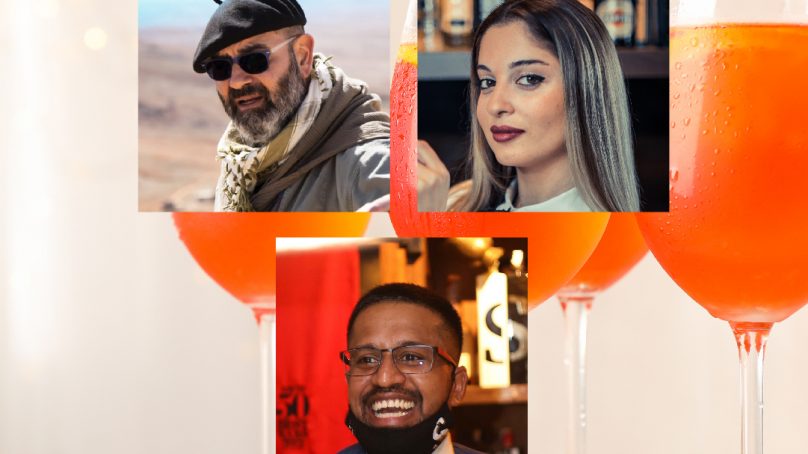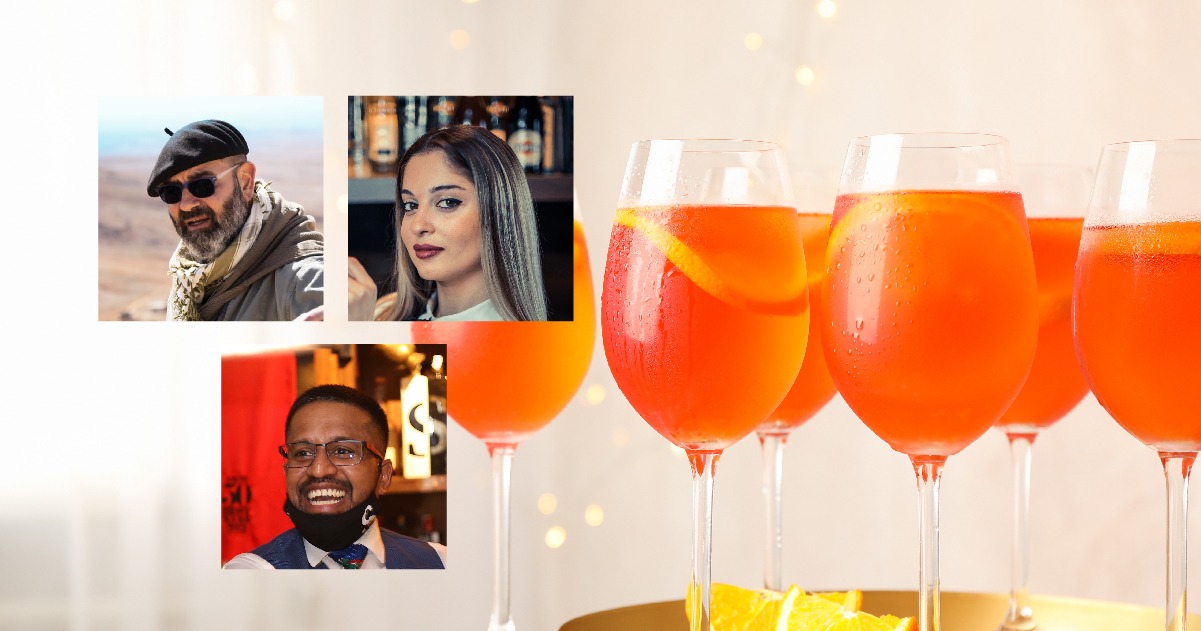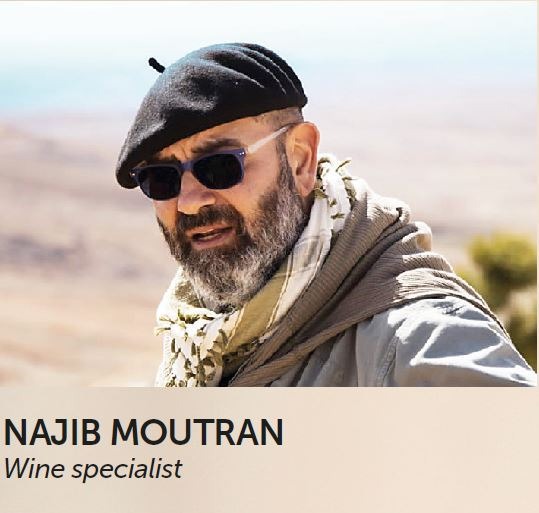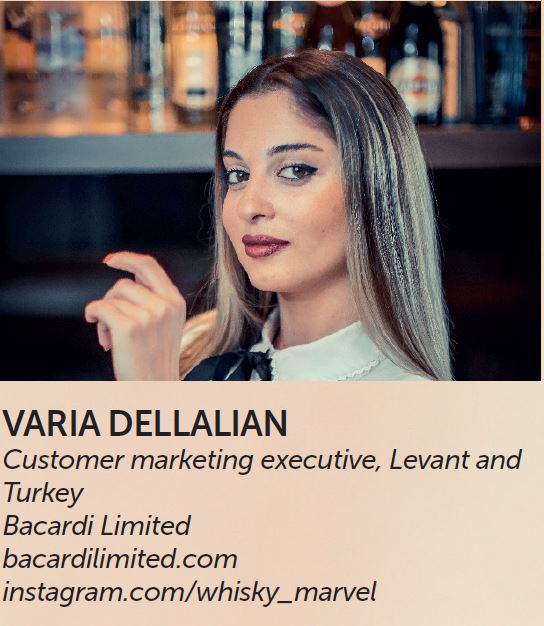The world of cocktails is not what it used to be, with pre-mixed products taking the lead. Here’s what the trade professionals have to say about the rising trend for bottled varieties.



Importance of label checking for ready-mixed cocktails
At a street market, a young woman with a colorful, aromatic tasting shooter asked me: “Would you like to try a homemade strawberry margarita? “Yes, of course!” I replied. I was pleasantly surprised by the good balance, structure, freshness, alcohol and sugar content. Yet when I asked to see the label, which featured pretty fruit illustrations and handwritten ingredients, I found myself wondering what the alcohol content, shelf life and residual sugar content were. And here lies the issue.
The issue in a premixed cocktail is in the texture of the finished beverage. Homogenizing and preserving the appealing look once it’s poured in your glass is more challenging than adding a touch of garnish to a lowball glass. Behind a bar, the alcohol content of the blend is not an issue and is never discussed with your favorite bartender. But away from the bar, techniques and equipment are required to preserve the cocktail for a longer time.
Alcohol industry giants, big brands and local producers, the majority of which have faced dips in consumption, have had to shift to the premixed cocktails, developing new product ranges: ready-to-drink mojito, long island and bloody Mary alternatives, for example.
For safe consumption always choose brands and references that are compliant with all labeling regulations. Before any purchase, turn the bottle and check the back label. Only then should you chill, shake well and serve.

Key trends
The rise in demand for bottled cocktails was triggered by the pandemic when consumers started looking for high-quality drinks that could be served at home gatherings. Beverage companies, bars, restaurants and even bartenders started bottling cocktails and delivering them to customers. Negroni, old fashioned, gin basil and Bloody Mary are among the most famous.
Main players
There are many brands that offer bottled cocktails to consumers. For example, at Bacardi Limited Company, we have the Bacardi Daiquiri, Bacardi Mojito and Martini Spritz. These are all bottled cocktails produced by a beverage company. We also have several companies in Lebanon that are serving high-quality bottled cocktails.
What’s coming
I believe that the bottled cocktail trend is here to stay and even grow, as consumers now have the choice to enjoy quality cocktails wherever they go.
Role of restaurants
Many bars used to prebatch cocktails and serve them at the bar in small quantities. However, I am noticing bottled cocktails being served at bars in larger sizes (70cl or 1l), so guests are purchasing such bottles instead of a bottle of wine or any other spirit. The added value for restaurants is quicker Service, delicious cocktails, happy customers and extra revenue.

Trends
The bottled cocktail market is estimated to reach USD 42.80 billion by 2028 and grow a CAGR of 7.90 percent. The pandemic led to increased home consumption which is what sparked this movement, although bottled cocktails have existed for a long time. Non-store distribution (cocktail bars) has elevated the standard in this category, which prompted larger companies to enter the game. Currently, this market is divided into innovative and boutique products offered by craft cocktail bars and bigger players dominating with pre-mixed drinks. We are also seeing craft spirit distilleries entering the field.
Top brands
– Slow and Low
– Tayer
– Batch and Bottled
– Mirror Margarita
The future
The bottled cocktail trend is definitely here to stay. It’s a great way to introduce the masses to the amazing world of craft cocktails. It will only get bigger and better, with developing countries joining the game.
Bottled cocktails in restaurants High-volume bars have always been batching cocktails. Bottled cocktails work on a similar concept but with greater emphasis on shelf life. It’s a good takeaway option, wherein incremental revenue can be generated. This can also be incorporated into brunches to reduce workload and places where skills are limited can adopt this to enhance their current offering.














